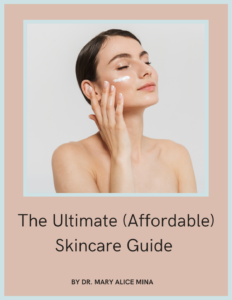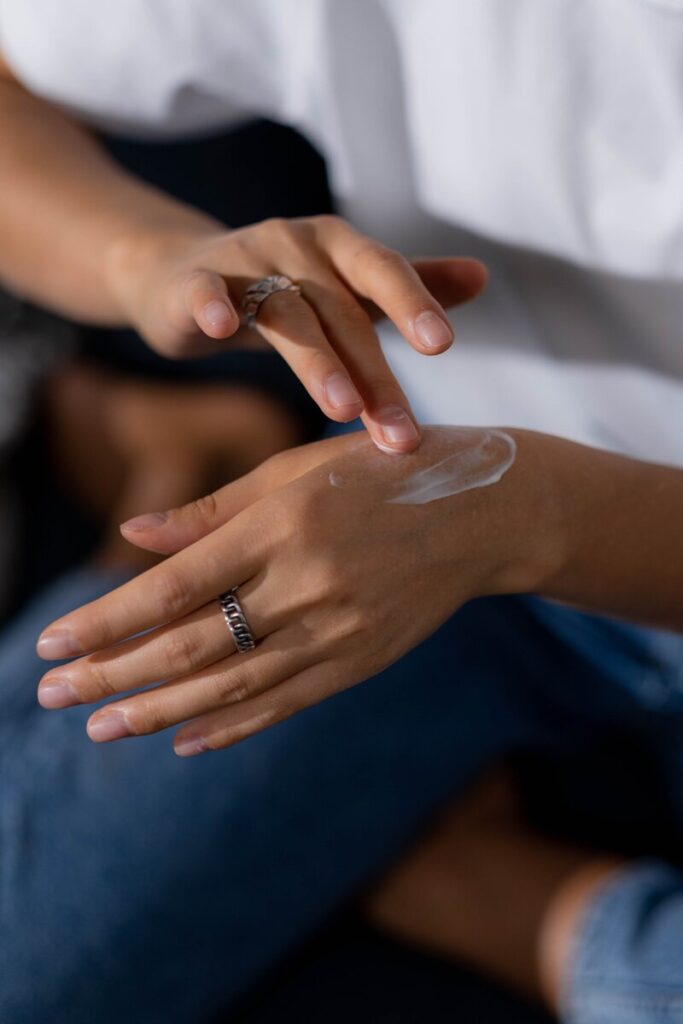Our relationship with the sun is…well, it’s complicated! The sun plays a vital role in sustaining life for both plants and humans. Plants and organisms rely on photosynthesis to grow and thrive, while our bodies benefit from the sun’s influence on our circadian rhythm and regulating our sleep-wake cycles. We also create vitamin D in our skin which is essential for our bones and health.
But wait, there’s more! When winter rolls in with its short, chilly days, some can develop seasonal affective disorder due to a lack of sunlight. Sunlight triggers an increase in serotonin levels which boosts mood and keeps us calm and happy!
But to complicate things, the sun emits electromagnetic radiation and depending on the type, this can cause mutations in our cellular DNA which can lead to skin cancer. On the flip side, infrared light from the sun which has a longer wavelength and is actually invisible to our eyes is thought to be absorbed by cells and increase ATP production in our mitochondria which can help with healing, cellular regeneration and decrease inflammation.
Confused yet? Let’s break it down:
The sun emits several types of radiation with the shortest wavelengths being ultraviolet (UV) C, B and A. UVC has the shortest wavelength and is typically absorbed into the atmosphere and doesn’t reach us here on Earth. UVB and UVA however do affect us as humans and have been well studied to cause mutations in our cellular DNA! Yes, very specific mutations occur from UVA and UVB radiation. Our bodies are smart and can usually fix these mutations, but over time with continuous exposure to sun damage, our repair mechanisms get overwhelmed. That’s how skin cancers develop.
The effect of sun damage accumulated over many years is the primary reason why dermatologists are always preaching about sun protection! This is why non-melanoma skin cancers primarily occur in individuals aged 60 and above, with fewer cases observed in those under 40.
UVA and UVB Radiation
We also know that UVA and UVB radiation from the sun can contribute to various skin-related concerns like premature aging, thickening of the skin, loss of collagen, pigmentary changes, and wrinkles. Previously, it was believed that UVB radiation primarily contributed to the development of skin cancer and UVA radiation was primarily responsible for aging effects, but now we realize it’s a mix of the two!
UVA and UVB also cause immune suppression in the skin. While this may sound like a bad thing, we actually harness this effect with medical treatments for inflammatory skin conditions like psoriasis, atopic dermatitis, itch, and more!
If you have an inflammatory skin condition, your dermatologist may have recommended light therapy. You may think, ‘What?! My dermatologist wants me to go to a tanning bed?!’ Well, not quite!
Medical phototherapy (light therapy) uses a very narrow wavelength of UVB light (NBUVB) or UVA to promote immune suppression in the skin to help calm down an overactive immune response. The benefits of phototherapy include skin-focused treatments without the side effects of systemic therapy and NBUVB therapy has not been shown to increase one’s chances of skin cancer. This treatment is carefully dosed and administered in your dermatologists office so don’t try this on your own at a tanning bed!
Your dermatologist may also recommend photodynamic therapy (PDT) which uses visible blue light emissions to prevent precancers. A photosensitizing medication is applied to the skin like amino levulinic acid (ALA) and then the skin is exposed to a light emitting diode in the blue or red wavelength. Abnormal skin cells preferentially absorb the ALA and then convert it to protophorphyrin IX. When protophorphyrin IX absorbs the energy from the light source, it converts the light into free oxygen radicals which damage and kill the abnormal cells. Pretty cool right?!
As we uncover more about the sun’s electromagnetic emissions, we are exploring potential skin benefits from these therapies. Infrared therapy is being studied as a way to reduce inflammation in the body and joints, and it may even have potential as a cancer treatment. Studies have indicated that both ultraviolet (UV) and infrared (IR) photoimmunotherapy hold promise as potential treatments for specific types of cancers!
Before embarking on light treatments however, be sure to discuss with your dermatologist. Not all light sources are equal, and it is important to ensure that you are reaping the intended benefits rather than experiencing harm from the sun’s electromagnetic radiation! Remember, the sun’s radiation is powerful and can cause burns, changes in pigmentation, worsen conditions like melasma, increase the risk of skin cancer, and even cause discomfort, depending on the type and wavelength of the radiation emitted.
As a doctor specializing in skin cancer, it may seem like I am anti the sun, but like most things in life, it’s not black and white! The sun is powerful, life giving and essential. In medicine we harness many benefits from the sun, but it is important to remain mindful of the potential harmful effects and take appropriate precautions.
Join me on this week’s podcast episode as I shed light on the incredible benefits and potential risks associated with sun exposure.
A new podcast episode drops every Monday!










